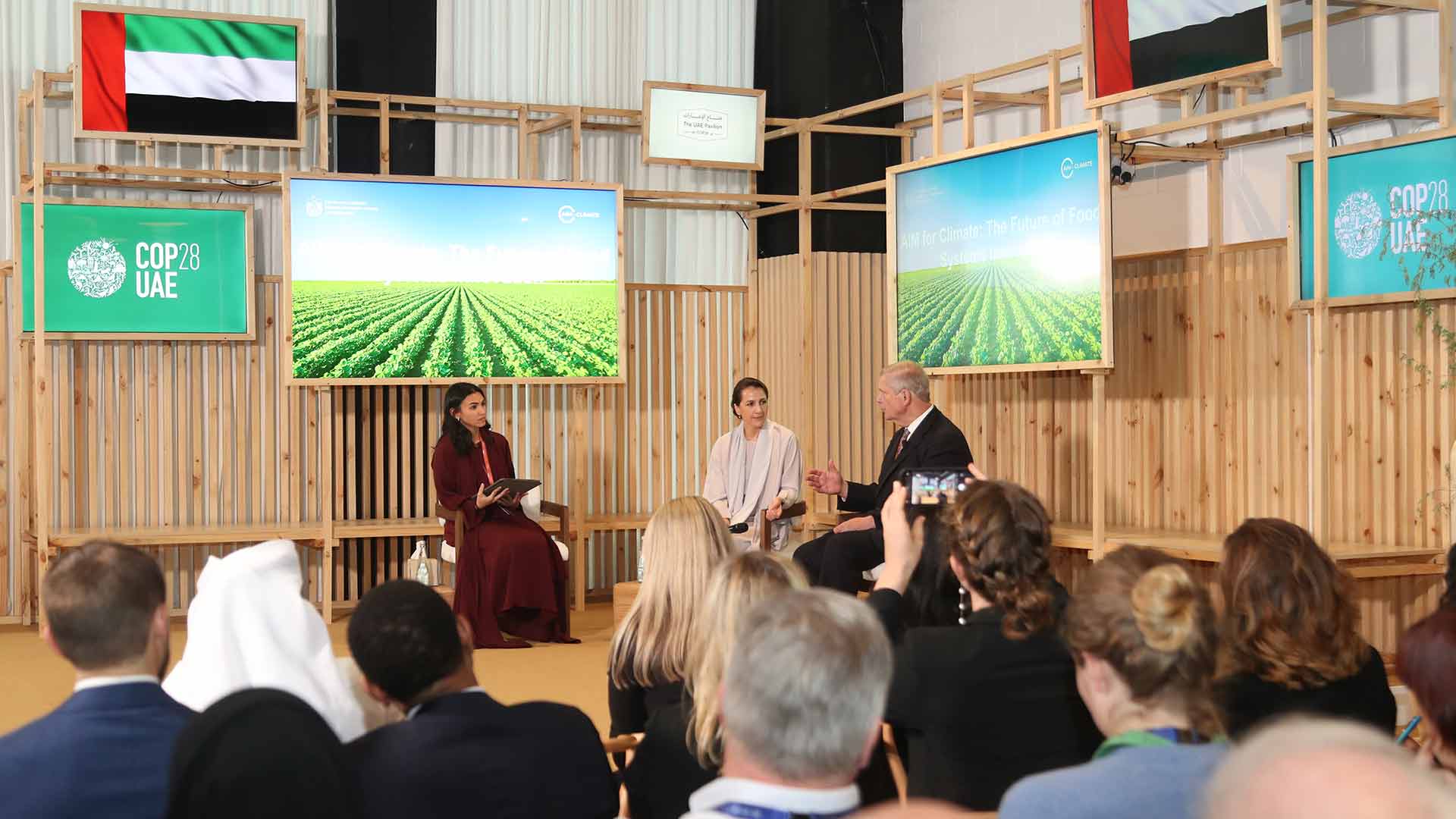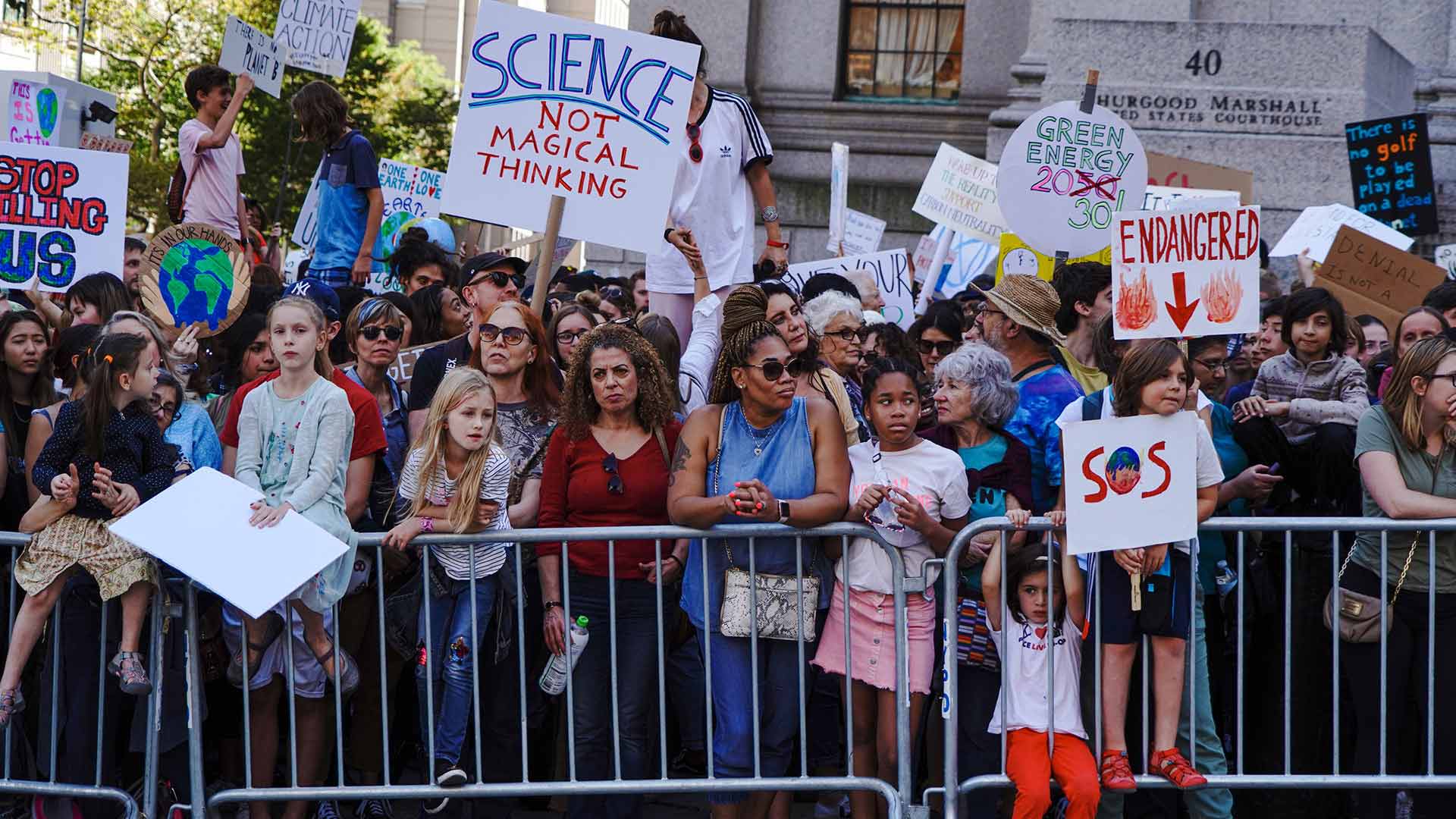-
 Action Against Hunger (ACF)
Action Against Hunger (ACF) -
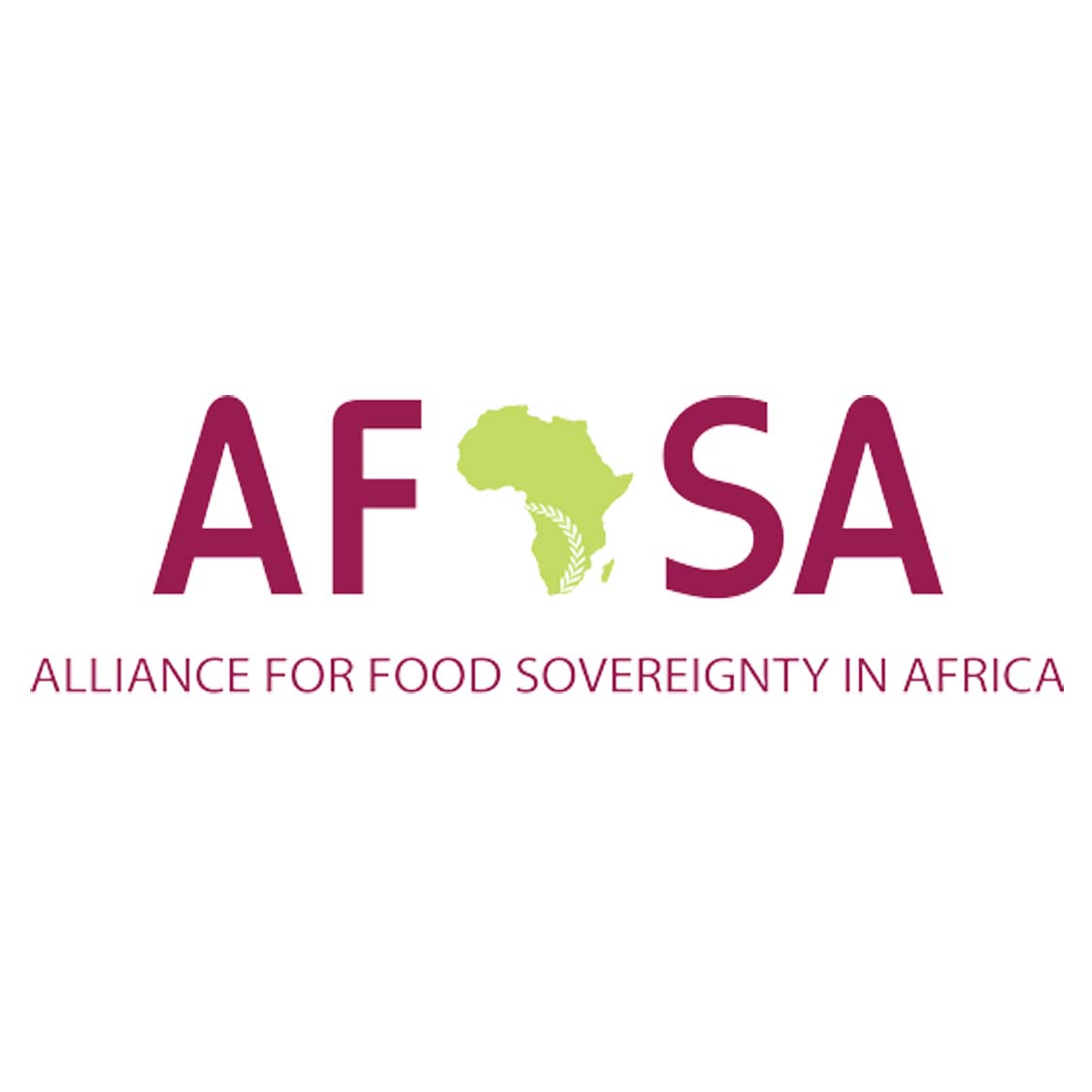 Alliance for Food Sovereignty in Africa (AFSA)
Alliance for Food Sovereignty in Africa (AFSA) -
 AIM for Climate
AIM for Climate
-
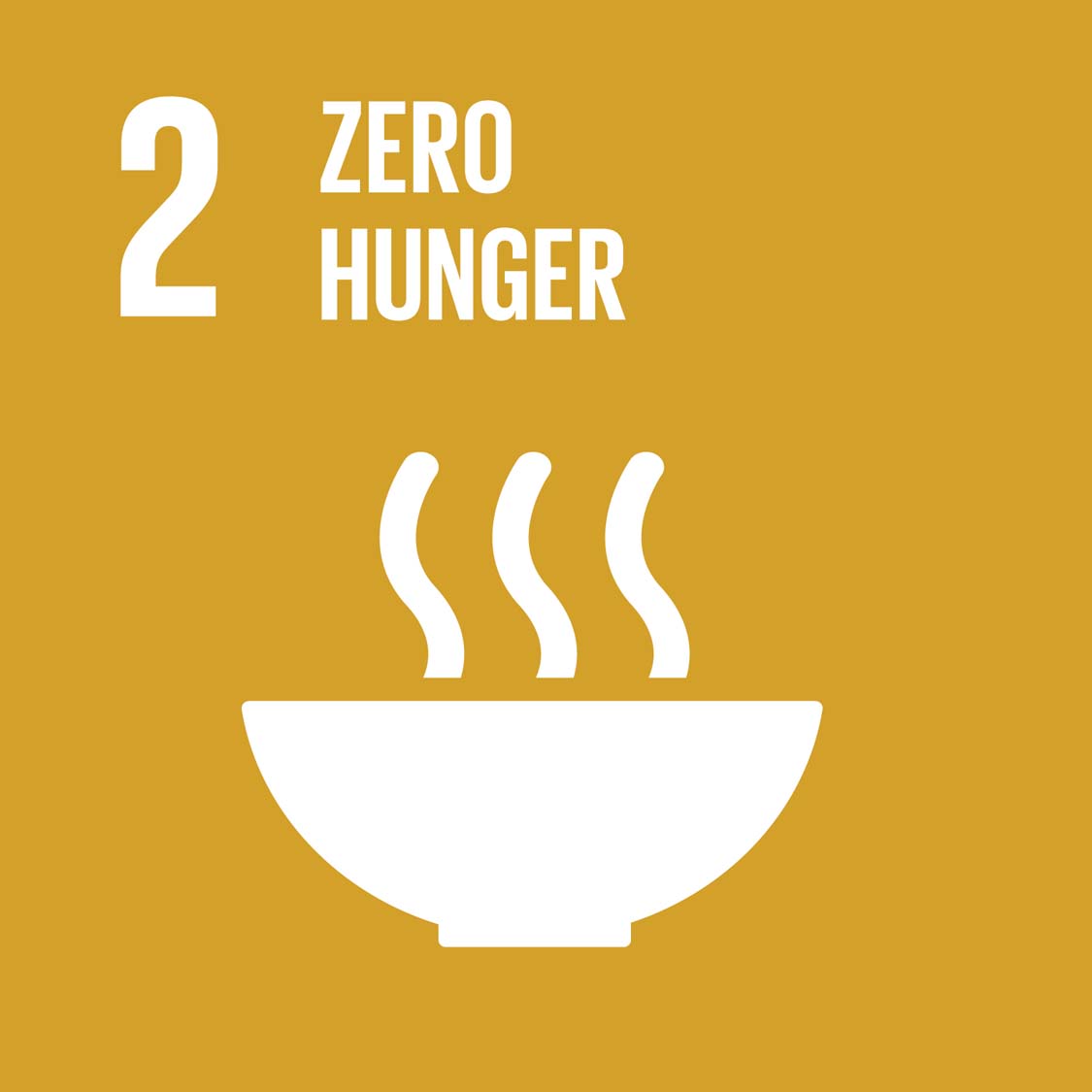 Target Zero Hunger
Target Zero HungerTarget Zero Hunger is a podcast that dives right into the crux of SDG 2. Food and agriculture production must be rethought in order to feed an ever-increasing population while both combating and adapting to climate change.
-
 Are You Hungry? Maybe Not, But Others Are!
Are You Hungry? Maybe Not, But Others Are!Tune in to hear how world hunger is not caused by food shortages, but rather by overconsumption and consumer demand for certain food products, and global warming.
-
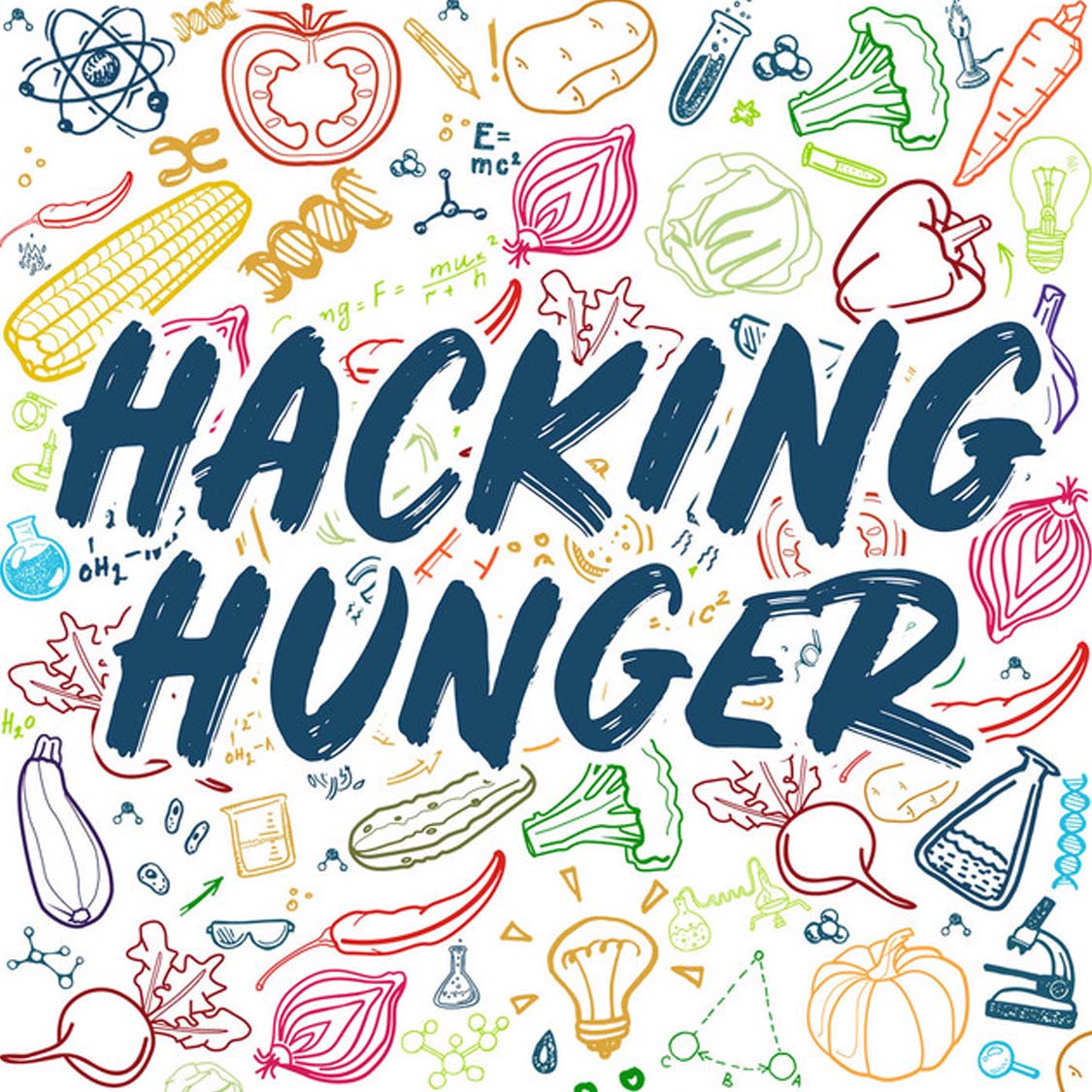 Hacking Hunger
Hacking HungerListen to stories from those on the front lines of hunger’s battle for food. This podcast is produced by WFP (USA)
-
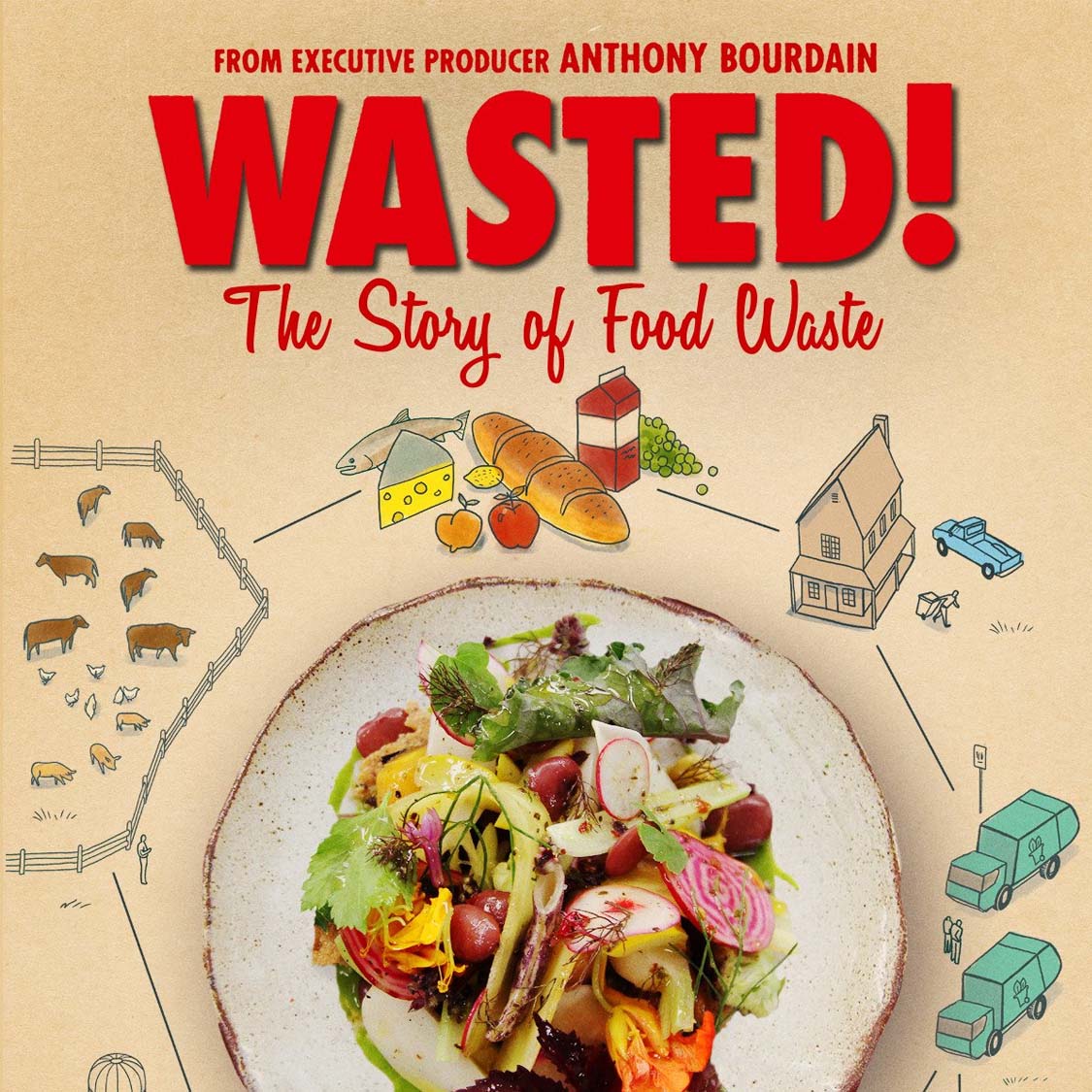 Wasted: The Story of Food Waste
Wasted: The Story of Food WasteWhat causes 1.2 billion tons of food to go to waste each year and what can be done to fix it? By looking through the eyes of some of the world’s best chefs, you will see how they use all kinds of food to make amazing dishes that make the food system more secure.
-
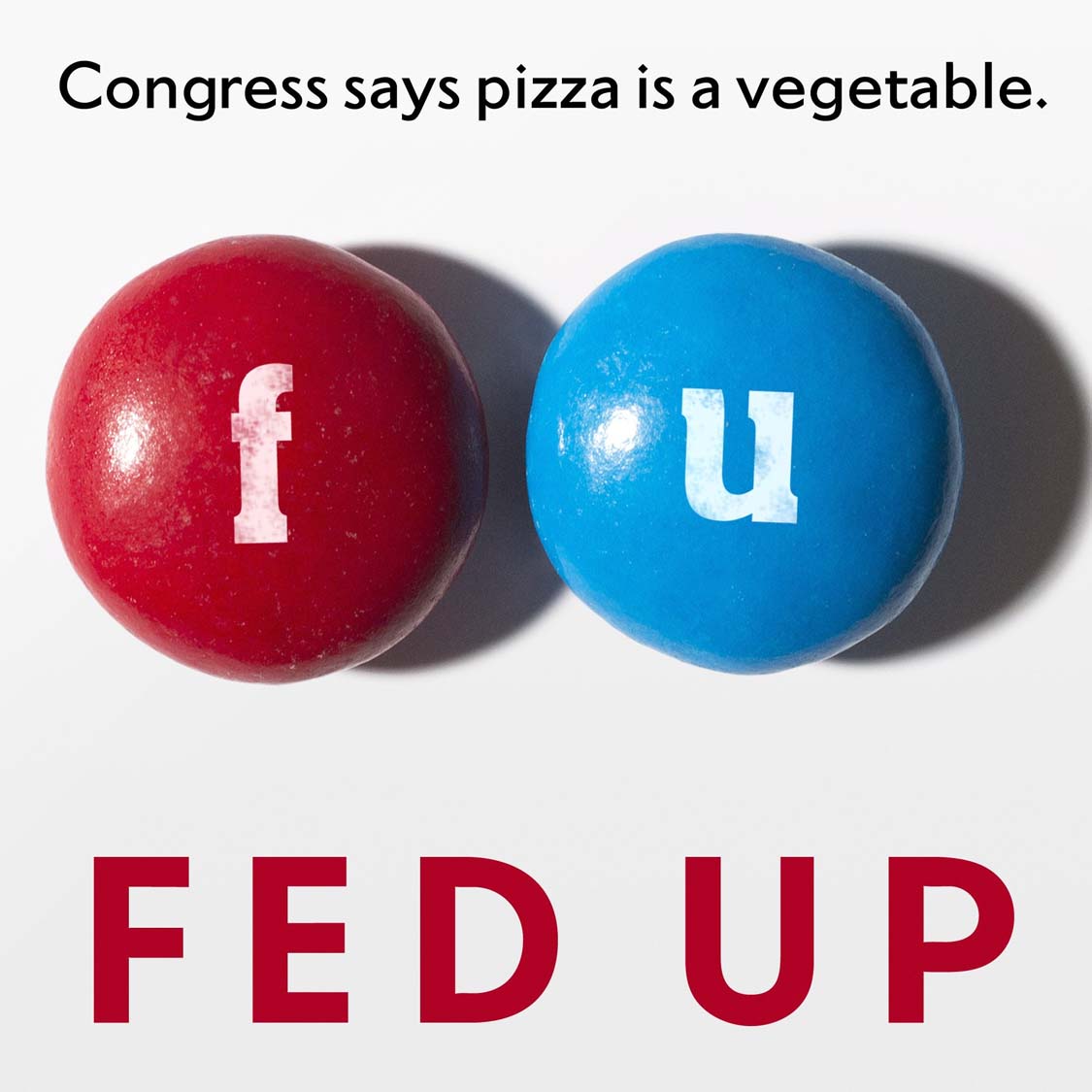 Fed Up
Fed UpDo you wonder how large quantitues of sugar in processed foods is an overlooked cause of obesity? This film explores the obesity problem in the USA. It’s “the film the food industry doesn’t want you to see”.
-
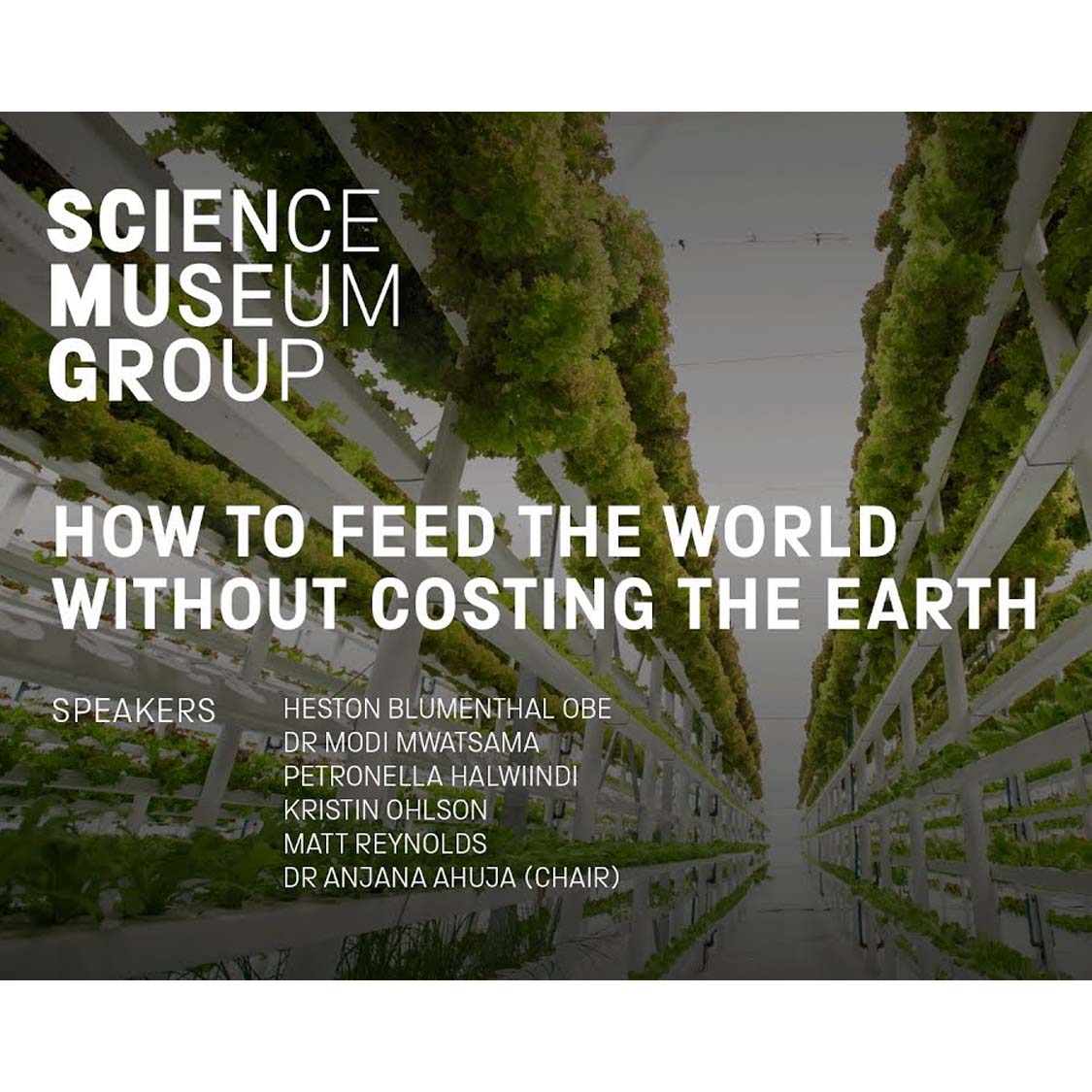 How to Feed the World Without Costing the Earth?
How to Feed the World Without Costing the Earth?Join this panel of experts in agriculture and food innovation to debate on how the way we produce, transport and consume food needs to reduce greenhouse gas emissions.
-
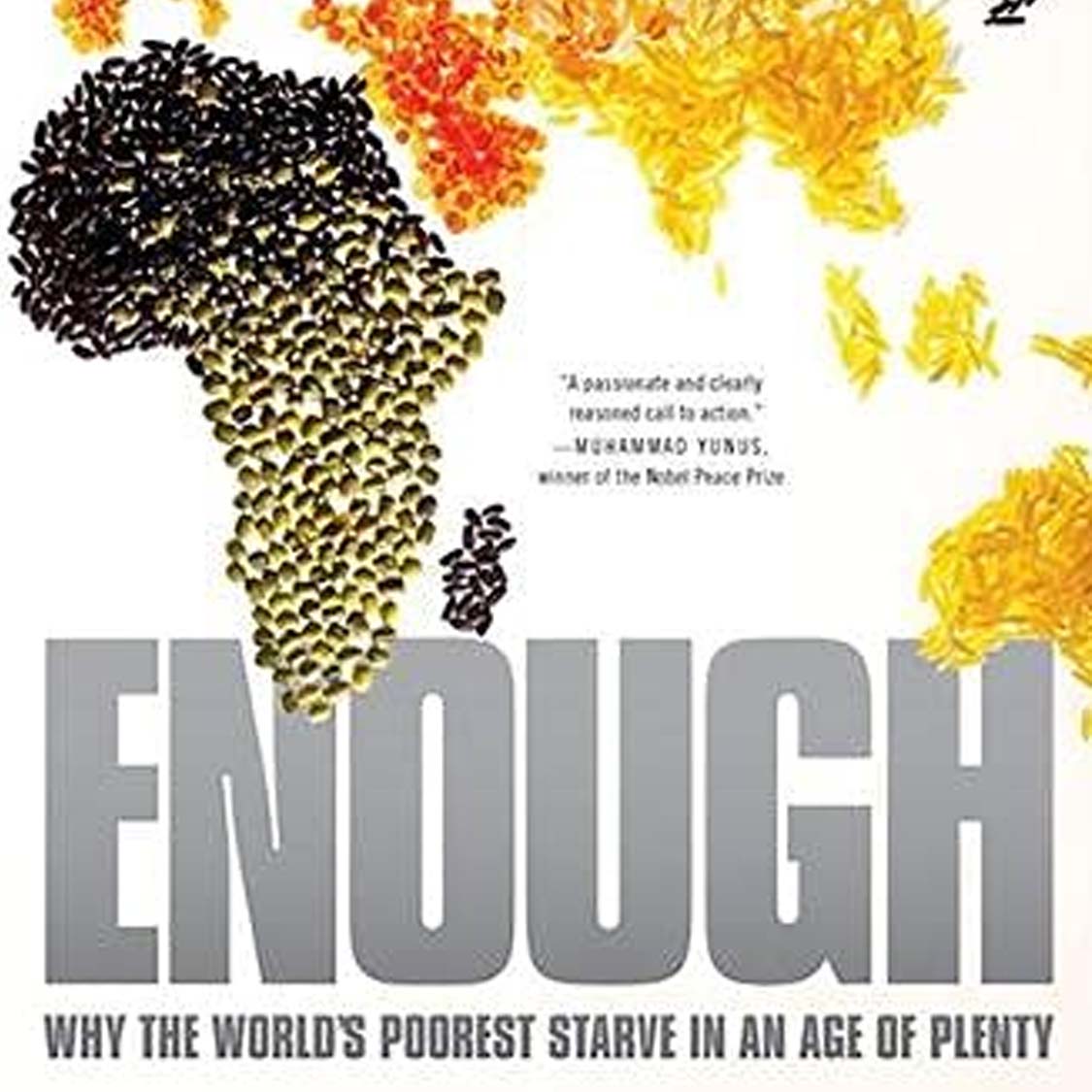 Enough: Why the World's Poorest Starve in an Age of Plenty
Enough: Why the World's Poorest Starve in an Age of PlentyWhy do over a billion people suffer from hunger globally, despite the fact that we have the tools and knowledge necessary to eradicate hunger?
-
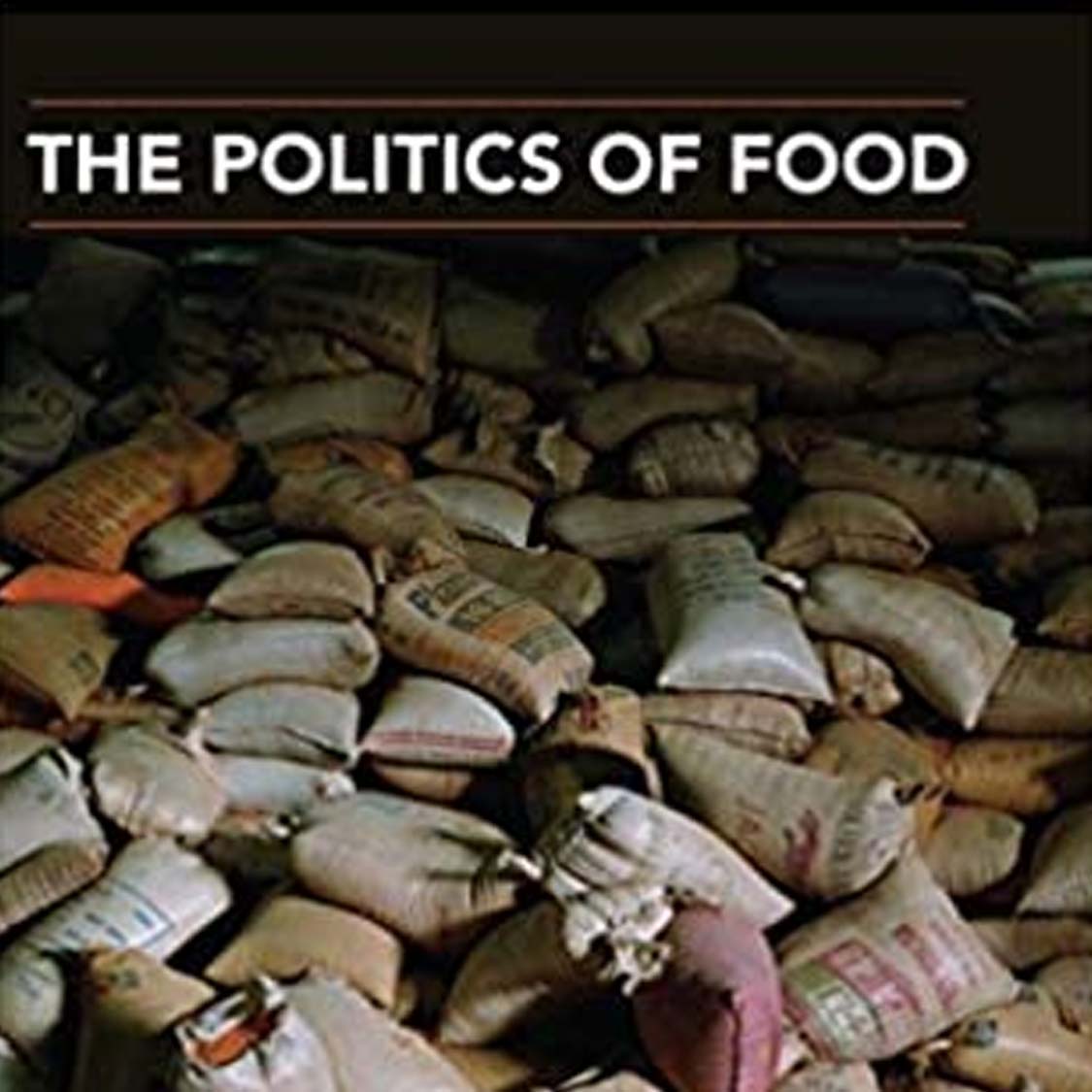 The Politics of Food: The Global Conflict Between Food Security and Food Sovereignty
The Politics of Food: The Global Conflict Between Food Security and Food SovereigntyAre you interested in learning more about the detrimental effect that trade and international agriculture have on the fight against global hunger? Sachanbacher scrutinises global trade and corporate monopolization of the food business, arguing for a more sustainable and secure food strategy.
-
 ‘Seed funding’: How more billionaires can help end world hunger
‘Seed funding’: How more billionaires can help end world hungerA recent exchange between UN’s David Beasley and Tesla CEO Elon Musk on Twitter has highlighted that hunger is a surprisingly complicated issue. Read this article to learn more about the complexity of global hunger!


